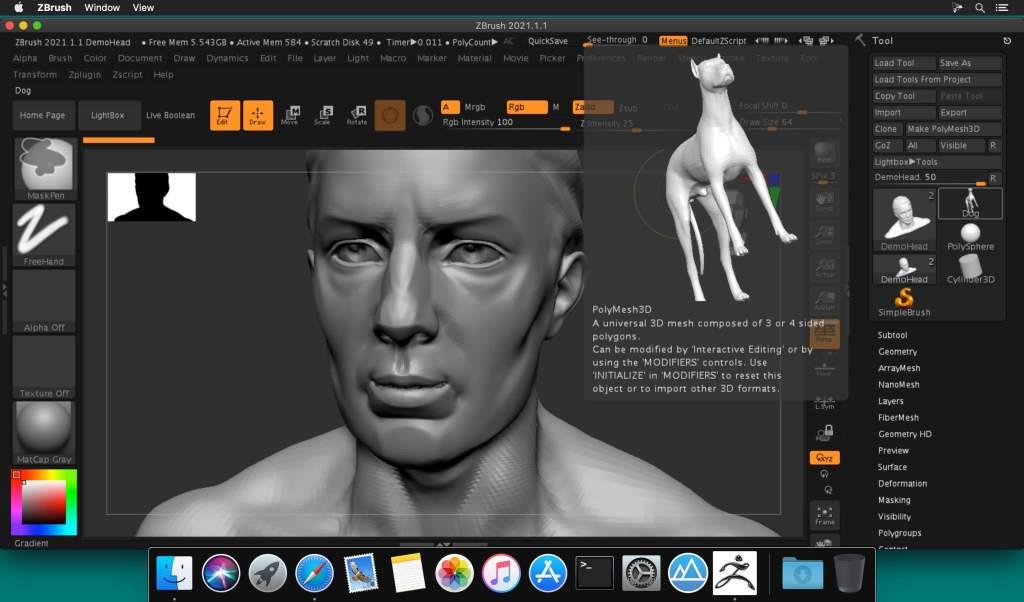


However, features exluded from Core can be really crippling at times.

When you use it, you can really feel why Pixologic is crushing competitors - very quick, responsive workflow. I use it as my main scultping tool nowadays, but I have mixed feelings. No dynamic topology, but you can remesh (decimate too, which answers one of your question), sculpt layers (you can add different details on different layers and tweak their appearance), tool customization options similar to Blender and it's free for academic (non-profit) purposes. It has it quirks (navigation and viewport goes mad when model is too small, it's fairly common among 3D software but this is one of the worst cases I stumbled upon, or sometimes tool options disappear), but otherwise it is a fully featured sculpting package. It has dynamic topology too, very similar to one in Sculptris, and offers more control over tools, so if I had to choose between the two, Blender is the way to go.įor more complex models, I used Mudbox for a long time. I wouldn't trust Blender with heavy work, like sculpting faces, considering its rather not-so-optimised viewport and bugs within multires (feature which allows sculpting on several subdivision levels of your model). These are very, very good for some quick work - e.g wrinkles on furniture or simple deformation of soft materials. I work in Blender on a daily basis and I still use its sculpting tools too. And since it was bought by Pixologic, it is basically abandonware, there is virtually no hope for future updates. Sculptris is very nice app, but I see its purpose as "for fun" only - it has quick, responsive interface, dynamic topology but very basic tools and I never managed to create something useful in it. So I can only say how it compares to other software. I've used Sculptris, Blender and Mudbox for sculpting before and I didn't use full ZBrush. Well I'm a professional (generalist), however sculpting is not my primary job and I do it mainly when I want to add details to an existing mesh.


 0 kommentar(er)
0 kommentar(er)
